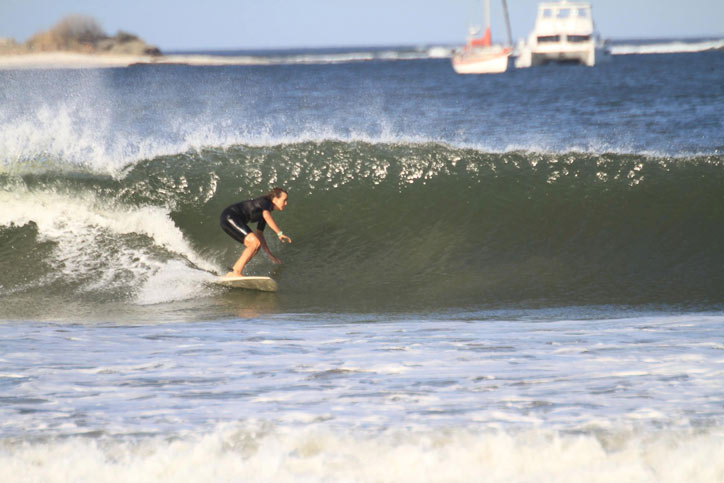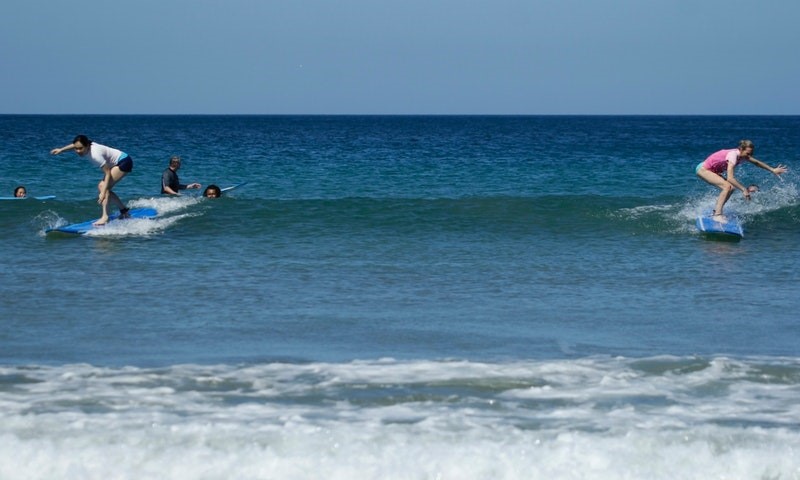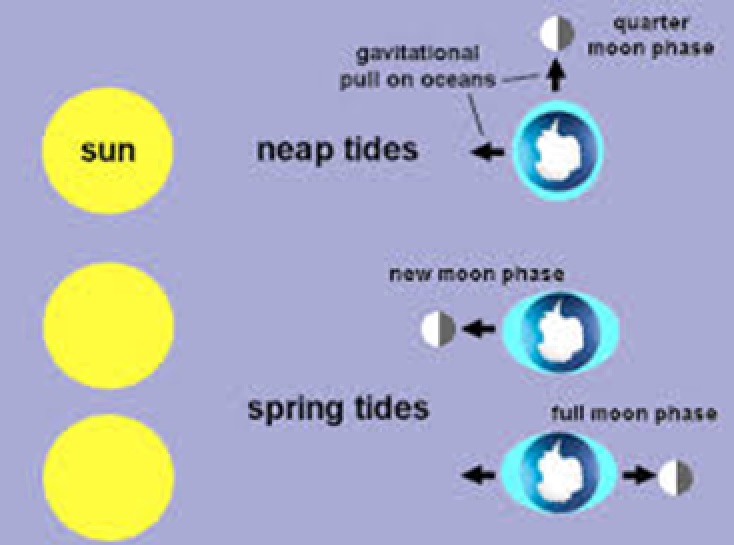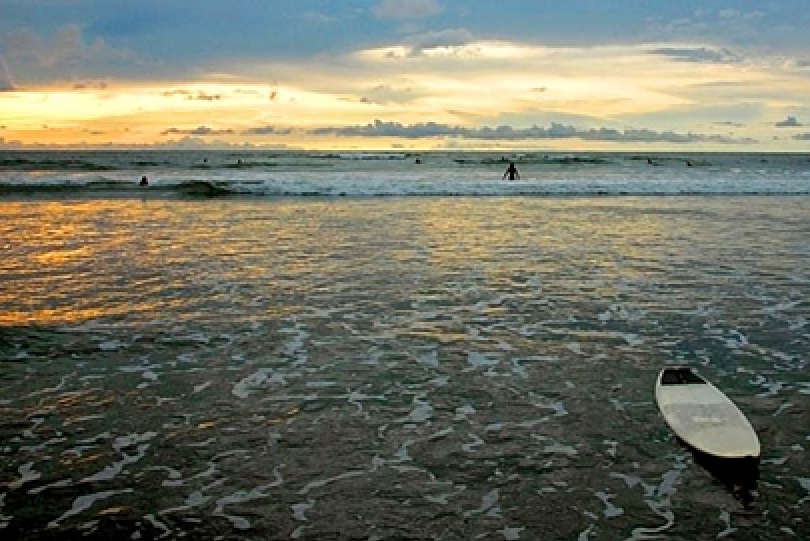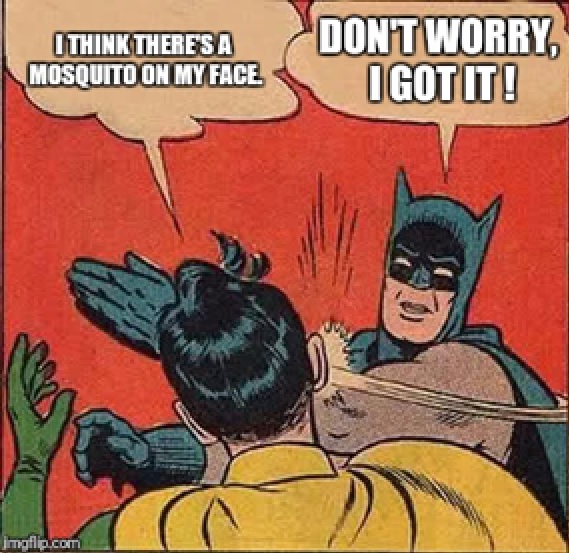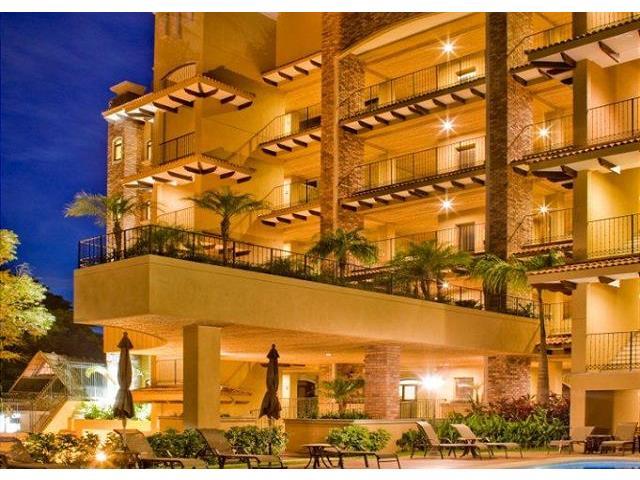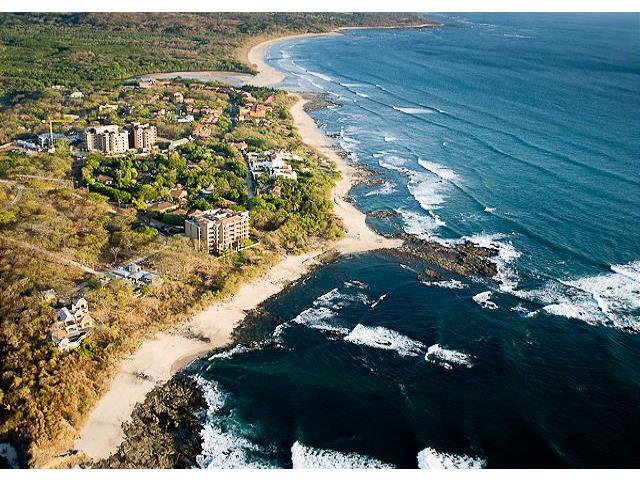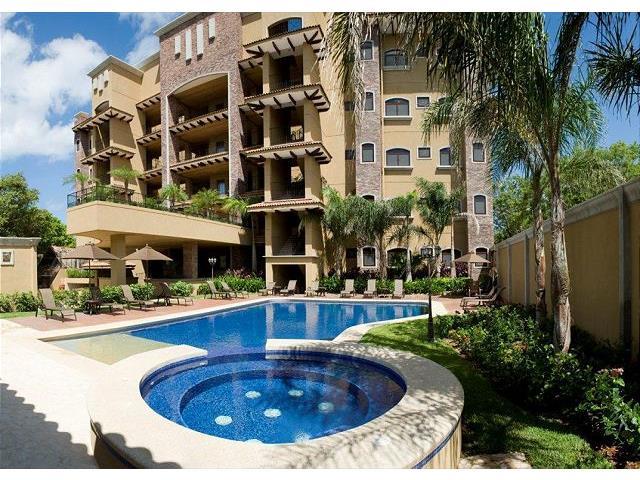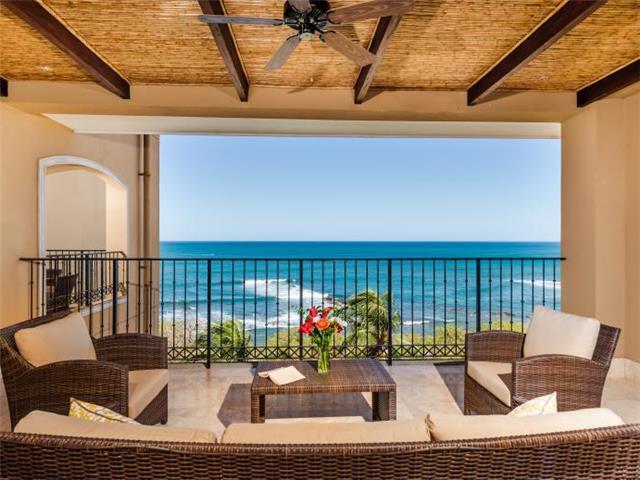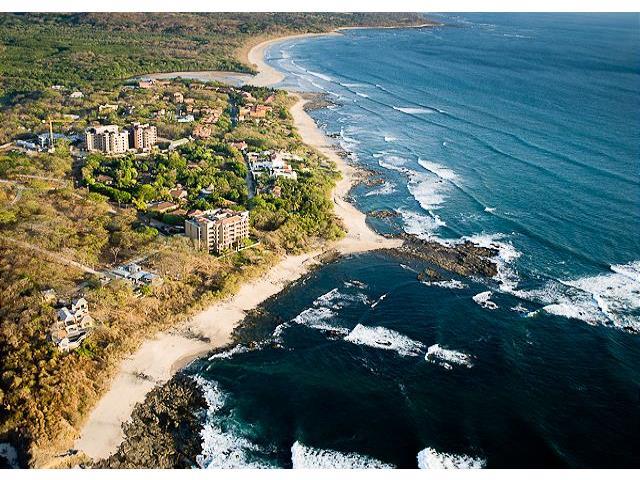
1. You Can Use Dollars for a Slightly Lower Exchange Rate.
Most businesses in Costa Rica will take Costa Rican colones or US dollars. In popular resort areas like Tamarindo, some businesses even list their prices in dollars just to take the mystery out of money for their clients.
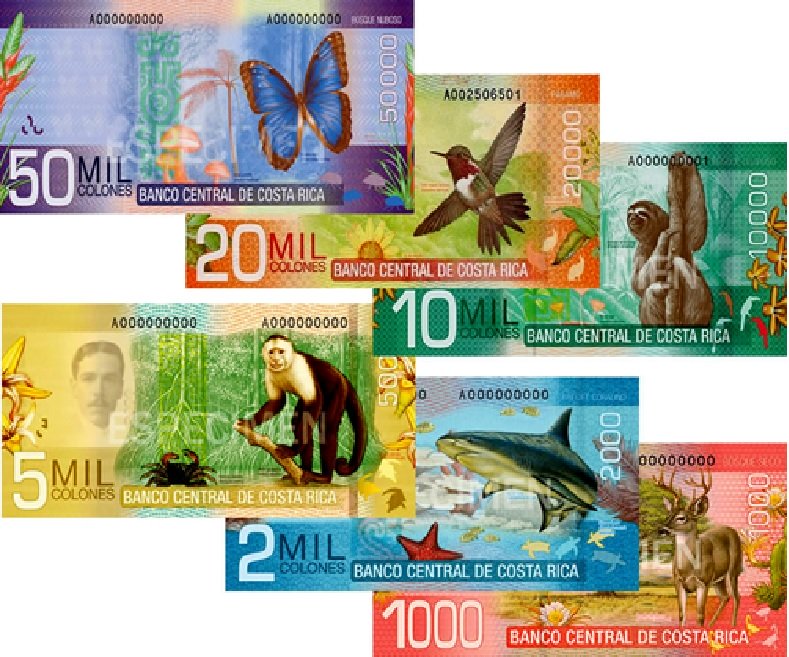
Most businesses are happy to exchange dollars to colones for you. The up side to this is that you don’t have to spend your precious vacation time standing at line in the bank waiting to change money. The down side is that you probably won’t get the optimum exchange rate. The favor isn’t free.
The dollar to exchange rate fluctuates so it’s impossible to say what, exactly, it will be during your visit. At this moment, an average exchange rate is 560 colones per dollar. If this is what you would get at the bank, a shop or restaurant will likely calculate a dollar’s value at 550 colones or even 500. It’s not because you’re a tourist. It’s because. Somebody is going to have to go to the bank, which is never fun, and if it’s not going to be you, it’s going to be someone else.
Let’s do the math and figure this out: 560 colones = 100 pennies. That means 1 cent = 5.6 colones. If you lose 10 colones per dollar at that rate, it means you are paying $1.8 cents per dollar for the pleasure of not going to exchange money yourself. Spend a $100, and you have just paid 18 cents. Let’s say you get a really “bad” exchange rate—your money is changed at a rate 50 colones less per dollar than what it’s worth. How much money are you giving away? Starting with a base rate of 560 colones per dollar, you would be giving away $0.9 cents per dollar. For every $100 you spend, you’d be losing $0.90 cents.

Our advice: Lighten up. Don’t complain about getting a “bad rate.” It’s not that bad. Tamarindo does have several banks at which you are welcome to get in line, but what do we do? We contribute to the local economy and do more interesting things with our time than pinch a few pennies. Time is money, right? Spend it doing something you enjoy.
2. Bring: Small Bills in Good Condition
That said, the safest thing you can do to avoid problems getting businesses to accept your dollars is stick to $20 bills. Bigger bills can be more difficult to exchange, so stick to small ones.
And the bills need to be in good condition. Costa Rican banks often refuse to accept damaged foreign currency, so do yourself a favor and don’t bring it. The restaurant won’t take it if they know they can’t deposit it at the bank. Leave the dogeared bills at home and bring the pretty ones. Easy.

3. Credit Cards Can Save the Day
Costa Rica is Central America’s most developed country, so it’s possible that you won’t need much cash at all. Almost everyone takes credit cards. Supermarkets, gas stations, restaurants, surf shops, tour companies, souvenir stores…all of these normally take credit cards, which can be extremely convenient. Watch for the “cash only” or “solo en efectivo” signs that are usually displayed in businesses that do not take plastic.
4. Tip or no tip?
Is tipping a thing? It depends where you go. In areas of Costa Rica that see few tourists, no, tipping is not a thing. In Tamarindo and the outlying areas, yes, tipping has become a thing. Because world customs around tipping are so diverse and Tamarindo is full of diverse nationalities, you do not absolutely have to tip anyone anywhere. But your servers, the housekeeping staff, tour operators, etc. have come to appreciate and expect tips from pleased customers.

By Costa Rican law, all restaurants add a 10% service charge to their food, so do keep in mind that half of the amount you might usually tip for food is already included in the price on the check.
5. Bartering is Not a Thing.
Bartering is not a thing. The price is the price. If you are buying Costa Rica t-shirts for your 8 nieces and nephews and are willing to pay cash, it would be appropriate to ask about a discount. If you are buying necklaces or colorful bird-shaped whistles from peddlers on the beach, it is all right to discuss the price.
If you’re getting into a Tamarindo taxi and feel that you are being over charged, you probably are. You can ask for a better price if you’re feeling ambitious. You might get it, but you probably won’t. We all (you, me, and the taxi driver) know your other choice is to walk, so don’t be mad if the ride is pricy.
If you choose to contest a price and you aren’t getting anywhere, don’t insist. It won’t help. Since bartering is not a Costa Rican custom, testy tourists wearing expensive sandals who complain about prices don’t make the greatest impression. We thought you should know this so that you can save yourself both the energy of haggling and the disappointment of feeling your bartering technique is lacking. It’s probably great; you’re just in the wrong country.

Enjoy Costa Rica! If you have any questions or need to book a Tamarindo Vacation Rental you may have feel free to contact us!






